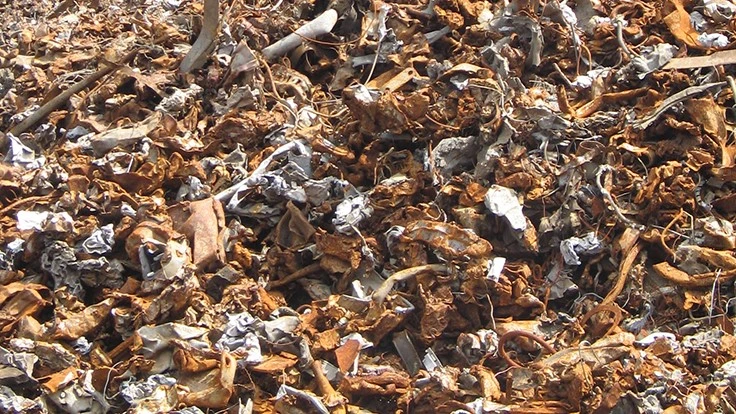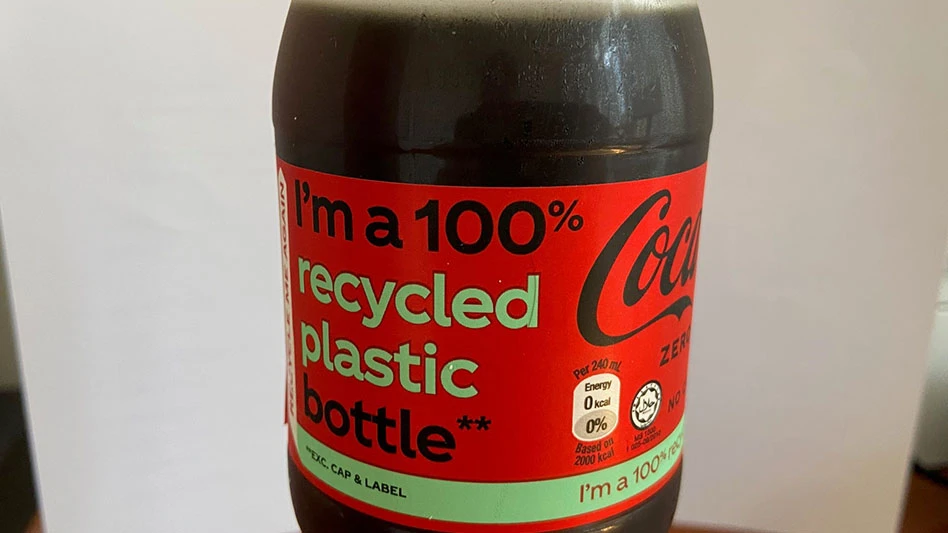
Recycling Today archives
The American Iron and Steel Institute (AISI), Washington, has released recommended steel industry greenhouse gas (GHG) emissions calculation guidelines designed to provide “consistent and comprehensive data across the industry on GHG emissions from steel production.”
AISI says the guidelines offer “a focus on product-level disclosures and corporate-level reporting.” The proposed guidelines are the result of what AISI calls monthslong collaboration between United States-based steel producers and institute staff.
“The American steel industry’s leadership on reducing emissions is well-known, but there are often disparate sources and avenues for calculating and reporting,” AISI President and CEO Kevin Dempsey says.
“Our industry wants to remain transparent, accurate and outspoken in our advocacy on decarbonization-related activities—and these guidelines can be an important tool to achieve those goals,” Dempsey says. “A consistent set of data will help ensure policymakers and other stakeholders employ the most accurate information in their decision-making.”
Among what AISI calls highlights of the recommendations for GHG emissions calculation are:
- Calculations should include a comprehensive “cradle-to-gate” (all processing steps required to manufacture a defined product) scope analogous to Scope 1, 2 and upstream raw materials, energy and transportation Scope 3 emissions.
- Calculation of direct (Scope 1) emissions should use the U.S. Environmental Protection Agency (EPA) GHG Reporting Rule methodology for U.S.-based facilities.
- Emissions from the purchase of electricity should be based on local electricity grid factors and reflect renewable energy instruments in specified instances.
- Emissions should be calculated at the product level for trade, procurement and environmental product declaration purposes, while a companywide basis should be used for corporate reporting.
Dempsey says the recommendations are not intended to be a formal industry standard, but a means to bolster efforts underway by American and global steel producers and others working to develop GHG emissions calculation methodologies.
Executives from several steelmakers in the United States have been touting their low-GHG credentials, including electric arc furnace (EAF) producers Nucor Corp. and Steel Dynamics Inc., plus Cleveland-Cliffs, with capacity that is predominantly blast furnace/basic oxygen furnace technology.
Europe-based steel producer SSAB, which has scrap-fed EAF mills in Alabama and Iowa, has announced its intention to produce “fossil-free” steel by 2026. The steelmaker recently selected Minnesota-based waste and recycling truck maker McNeilus Truck and Manufacturing Inc. as a partner to use its fossil-free steel in an early, pilot application.
Latest from Recycling Today
- Pacific Steel selects Danieli as EAF equipment supplier
- Aluminum Association seeks certainty on tariffs
- EPA plans to revisit numerous environmental, climate regulations
- Scientists use air, inexpensive catalyst to break down plastic
- Miami-Dade Innovation Authority launches fifth Public Innovation Challenge
- EVSX installation supported by Call2Recycle Canada
- Wendt commissions shredding plant, nonferrous system at Island Recycling
- Fornnax wins Green Innovation of the Year award





